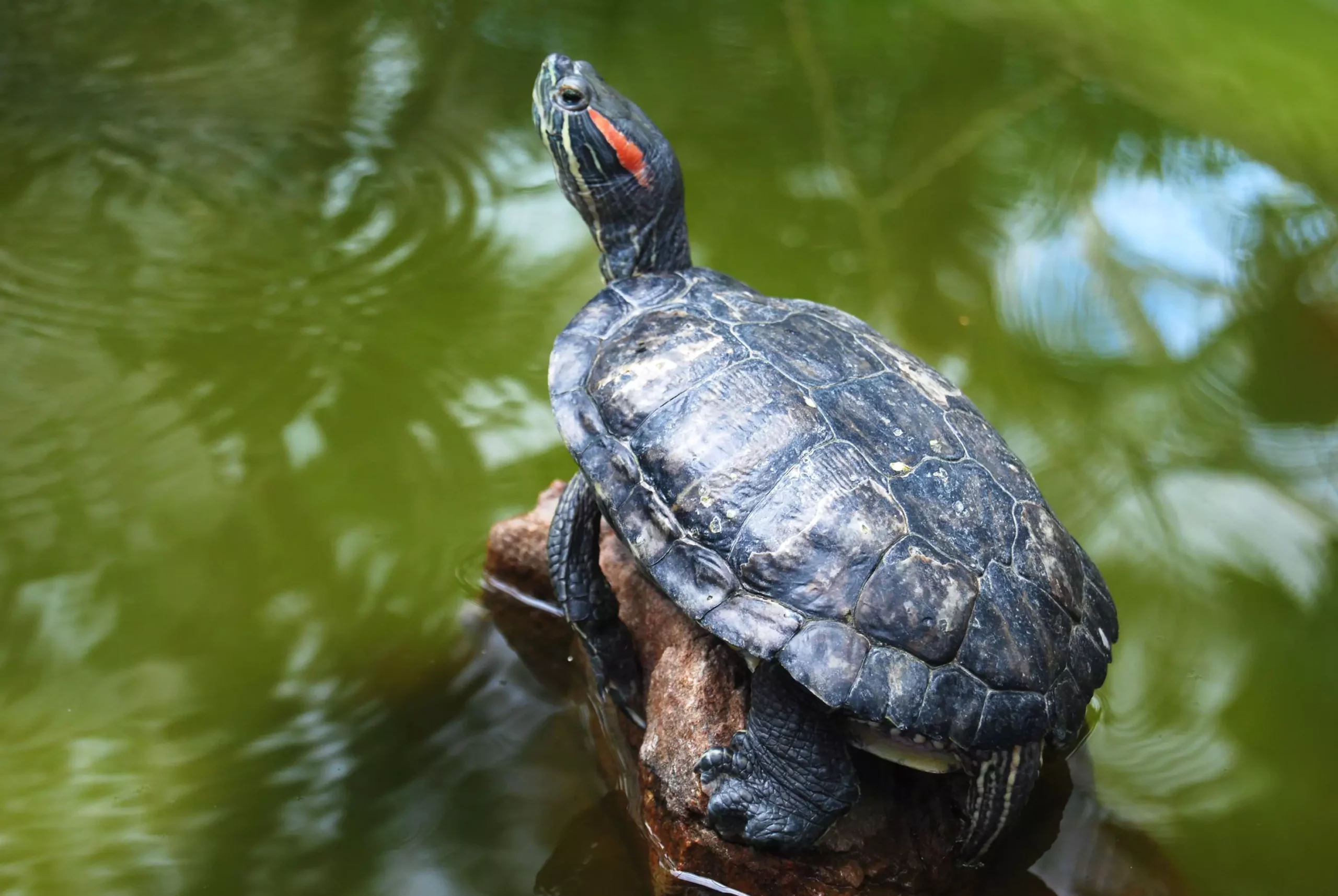Red-eared sliders, popular among reptile enthusiasts, exhibit distinct dietary preferences influenced by their life stages. The critical aspect of their nutrition lies in providing a balanced diet that incorporates both animal and plant materials. Understanding the nuanced dietary requirements of these creatures is essential for their growth and overall health. Young red-eared sliders, specifically, thrive on a protein-rich regimen that gradually transitions into a more herbivorous diet as they mature. Through this examination, we will delve into the multifaceted dietary needs of red-eared sliders and outline the steps to maintain their health through appropriate feeding practices.
In the early stages of their life, baby red-eared sliders display a strong inclination towards animal protein. This carnivorous feeding pattern is crucial for their development, as young turtles rely heavily on protein to grow strong and healthy. Although they may show little interest in plant matter initially, it is advisable to introduce vegetables early on. This practice encourages them to accept greens as a part of their diet when they mature, ensuring that plant material makes up a significant portion of their food intake in adulthood. Failure to incorporate greens from an early age may result in older turtles becoming finicky eaters, further complicating their dietary management.
It is often said that variety is the spice of life, and this rings true for the feeding habits of red-eared sliders. While commercial turtle pellets serve as a convenient source of nutrition, offering a diverse array of foods significantly enhances their diet. Pellets should only account for about 25% of their meal plan. By integrating a mixture of fresh foods, turtle owners provide a broader spectrum of nutrients that promote better health and enrich their living experience. A varied diet not only meets the nutritional needs of the sliders but also stimulates their natural behaviors, contributing to their overall well-being.
Feeding red-eared sliders involves several categories of food that contribute to a holistic nutrition plan. The following sections will explore various options for satisfying their appetite:
– Animal Protein Sources: Offering live prey items, such as earthworms, crickets, and shrimp, allows red-eared sliders to engage in natural hunting behaviors. However, caution should be exercised when providing larger prey, like feeder fish, due to the potential for parasites and other health risks.
– Leafy Greens: A prominent part of an adult slider’s diet should consist of leafy greens such as collard greens, dandelion greens, and kale. It is critical to avoid iceberg lettuce due to its lack of nutritional value. Additionally, ensuring a suitable calcium-to-phosphorus ratio in greens is vital for maintaining bone health.
– Aquatic Plants: For those with aquatic habitats, implementing submerged plants such as water hyacinth or duckweed allows sliders to forage as they would in their natural environments. These plants not only serve as a food source but also enrich their living conditions.
– Other Vegetables: Incorporating vegetables like carrots and squash can enhance their diet. Cutting vegetables into smaller pieces can also aid younger turtles in consuming their meals effectively.
While a well-rounded diet is crucial, supplementation may still be required to ensure that red-eared sliders receive adequate vitamins and minerals. A vet-recommended reptile multivitamin can boost their nutritional intake, especially during feeding sessions. Additionally, providing cuttlebone can help satisfy their calcium needs. Though fruits such as berries and melons can be offered as occasional treats, moderation is essential, as excessive fruit can lead to gastrointestinal issues.
It is imperative to be mindful of what not to feed red-eared sliders. Processed foods like frozen fish or cooked chicken contain high levels of enzymes or proteins that can lead to health issues, including bacterial contamination and poor water quality. Moreover, raw meats should be strictly avoided due to their associated health risks.
Providing a well-balanced diet for red-eared sliders encompasses both a careful selection of animal and plant materials that evolve with their needs. By prioritizing variety and understanding their dietary requirements, caretakers can ensure that these turtles thrive in captivity. Awareness of potential hazards and avoiding common feeding mistakes are essential steps in promoting their health and happiness. Ultimately, a dedicated approach to their nutrition not only fulfills their biological needs but also enhances their quality of life within a captive environment.

